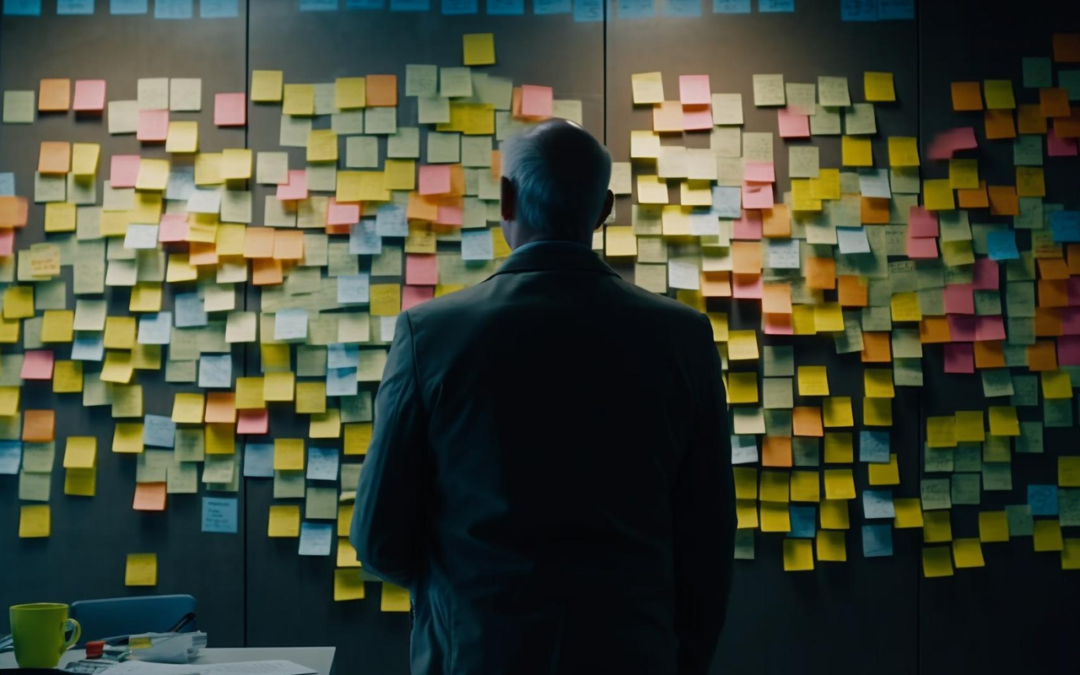Feedback gives us information about the world and our place within it. But it is more than just a channel for information: feedback can actually activate our reward and punishment systems, making us learn, enjoy or repel activities. What is more exciting, an applause or the war cry and foot stomping of a thousand soldiers in the battlefield? Feedback drives motivation, attention and emotion, and in no place you will see this better applied than in games!
Game designers understand that not giving enough information is the first recipe for failure, but that the quality and quantity of feedback is required for actual success. Visual, auditory and haptic cues are the bread and butter of the game studio. Much of the testing a game passes through is just to see if the player “understands” the game world through the interface elements, and to check which kind of feedback drives more motivation and engagement.
But why should well designed feedback be an exclusive right of the entertainment interactive media? Entertainment has no captive audience, so they have to spend every buck on the things that will ensure eyeballs on their products, but corporate, educational or other serious projects usually place their budget on functionality, on the “make it work”. Gamification is the bridge between the two worlds!
Imagine a corporate event full of screens, tubes with tokens, boards with missions, wristbands with colors by player level, keys and boxes, a leaderboard of ideas, a gauge of mission engagement, and indicator of the current more powerful faction, a leaderboard with the avatars, a score board, etc. Kind of seems like a sci-fi event designed by Hollywood, because it is, for now! These elements seem expensive and “unnecessary”, but actually not a lot is needed to create them and they bring the Wow effect!
Participants and users are hungry for feedback and we are starving them! Gamification is about doing budget-responsible interventions so everything feels more vivid, exciting and clear! The right feedback elements can help you bring some complex concepts to more simple terms and allow people to feel like there is progression beyond the passing of time in their clocks.



Recent Comments